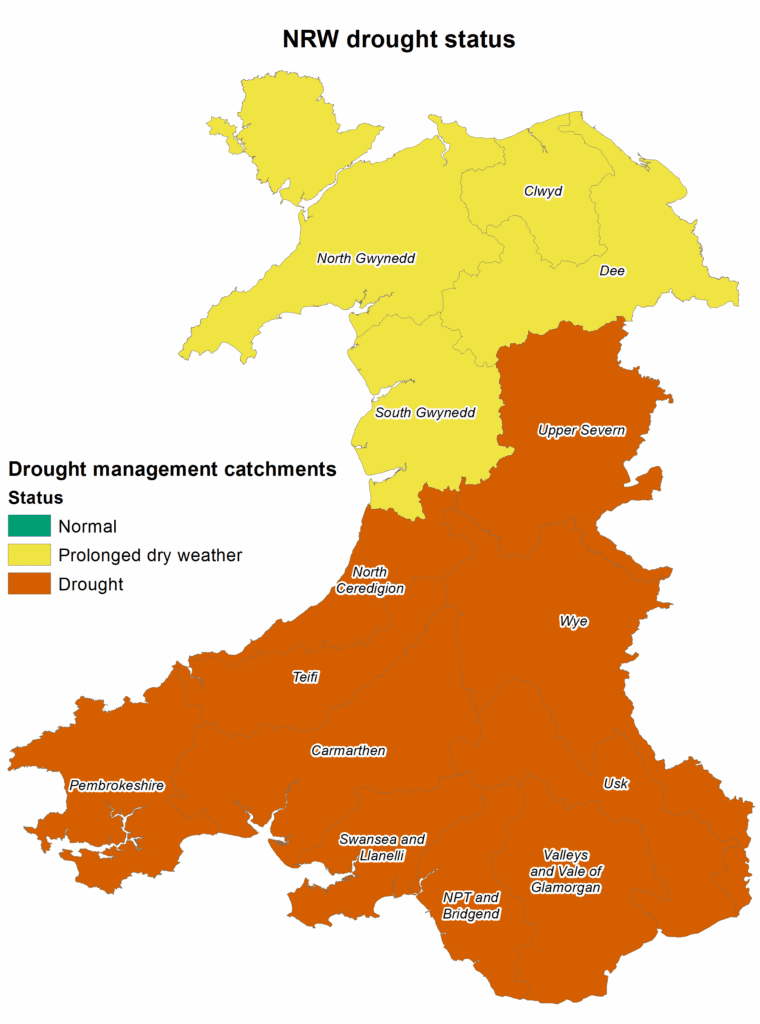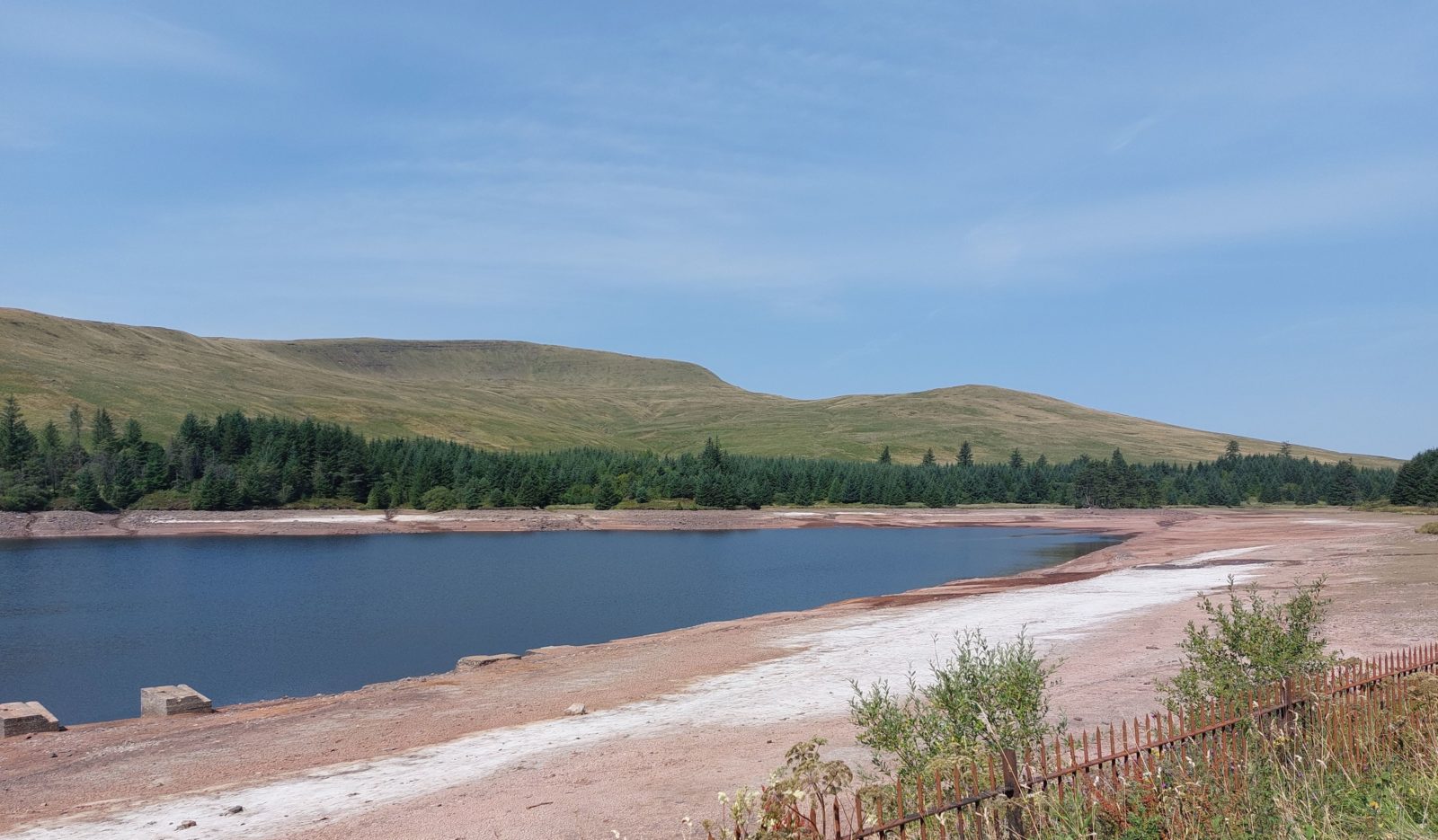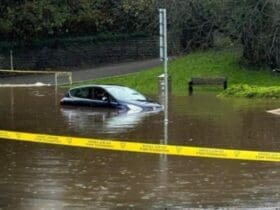Following the driest five-month period in more than 40 years, Natural Resources Wales have extended the drought warning announced earlier this month for Pembrokeshire and parts of Carmarthenshire, to cover all of South and Mid Wales.
While this may sound worrying, there are currently no concerns about drinking water supply and Public Health Wales is keen to reassure people that they can continue to drink water and wash, as well as use water more generally for cooking and cleaning as usual.


The decision to move these areas from prolonged dry weather status to drought status was agreed following the meeting of the Wales Drought Liaison Group where the latest hydrological data and the wider implications of low river flows and groundwater levels was considered.
Concerns were raised about the impact these conditions could have on Wales habitats and species, as well as water users in these areas. While essential supplies of water remain safe, the public and businesses in drought affected areas are being urged to be very mindful of the pressures on water resources and should use water wisely.
The areas affected in South East and Mid Wales are:
- Upper Severn
- Wye
- Usk
- Valleys (Taff, Ebbw, Rhymney, Ely)
- Vale of Glamorgan (Thaw)
The announcement comes in the days after NRW confirmed drought status in South West Wales and in response to the pressures high temperatures and the lack of significant rainfall has placed on river levels, reservoirs and the environment across Wales.
As of 22 August, Wales has received 30.8% of the long-term average rainfall for August as a whole (ranging from 15.2% in Pembrokeshire to 53.8% in Conwy). This comes following the driest five-month period in 40 years which saw Wales receive just 61% of its expected rainfall between March and July.
NRW’s South East Wales drought management area has seen 26.3% of the monthly average rainfall with the Upper Severn receiving 25.7%.
While North Wales and the rest of Mid Wales remains in prolonged dry weather status, NRW continues to monitor other parts of Wales closely where concerns for low flows and the environment still remain.
Natalie Hall, Sustainable Water Manager for NRW, said
“The prolonged period of dry and hot weather has seen our natural environment placed under extreme pressure.
“With little in the way of significant rainfall in the forecast, and with the impact the ongoing situation is having on the very ecosystems we all depend on, we have taken the decision to move the South East of Wales and parts of Mid Wales into drought status from today.
“With South West Wales already in drought, we’re keeping a close eye on the situation in North Wales and the rest of Mid Wales. We remain in regular contact with water companies, local authorities and other partners regarding any emerging impacts on the environment, agriculture, and water supplies right across Wales, and will not hesitate to take any further action as needed.”
Dr Sarah Jones, Consultant in Environmental Public Health said:
“Following this announcement from Natural Resources Wales we’d like to reassure people that they can continue drink water just as they normally would. As we all know, it’s also really important to wash your hands regularly and this announcement doesn’t change that. Nor does it mean that you can’t shower or use water for cooking. But, we can all help; you can turn taps off when they are not needed, including when brushing your teeth, you can shower instead of taking a bath and you can make sure that any leaks at home are fixed.”









Leave a Reply
View Comments